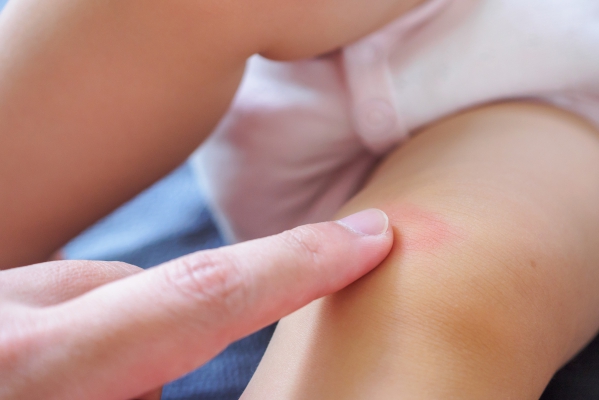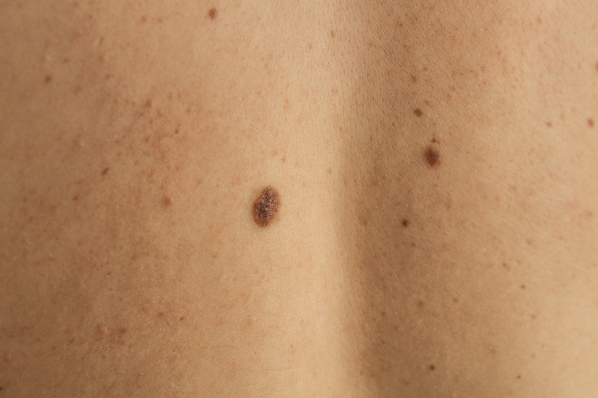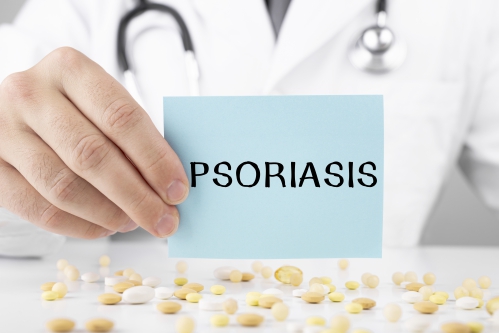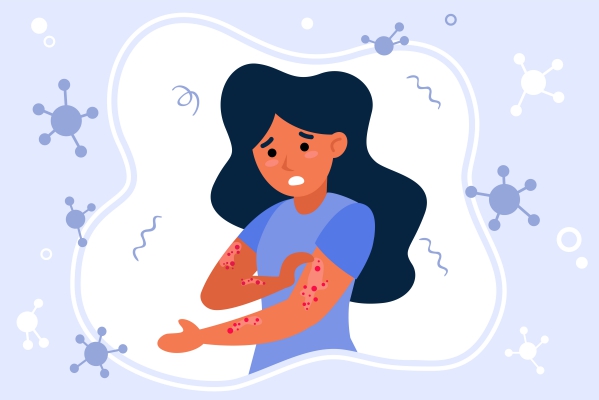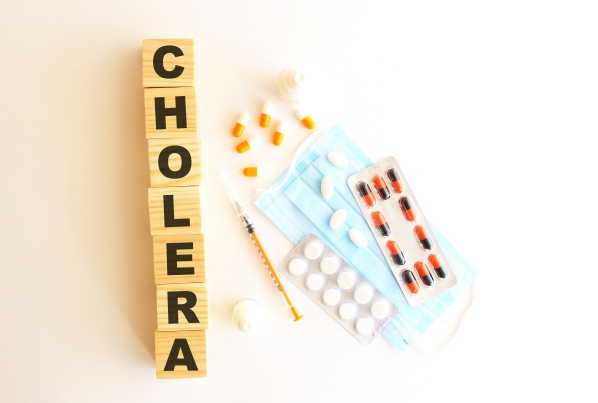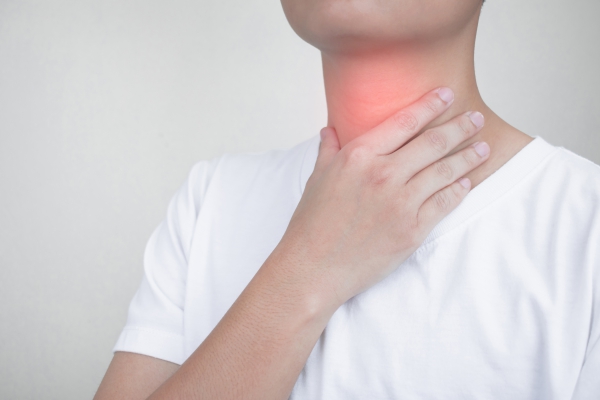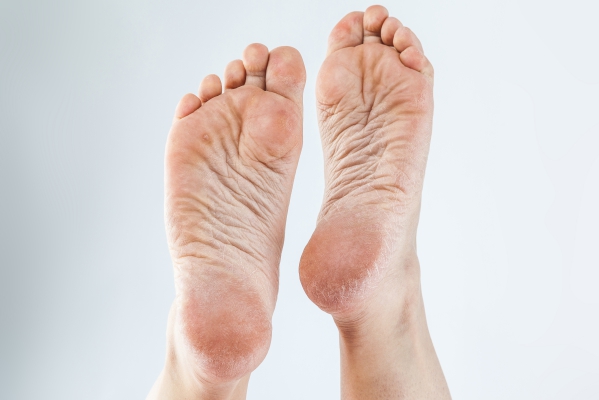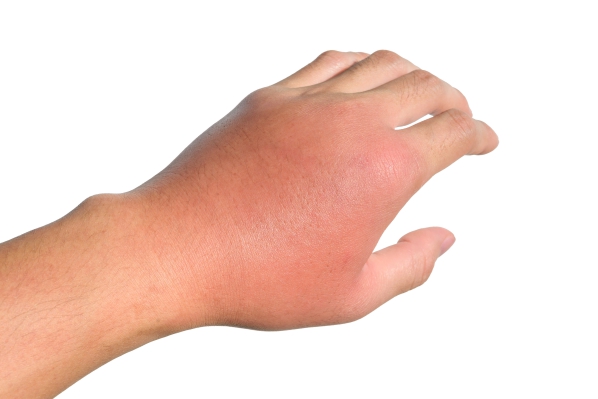Impetigo, Skin disorders, Bacterial infection, Childhood skin disorders, Streptococcus pyogenes, Staphylococcus aureus, Bullous, Non-bullous, Contagious
Description : Impetigo is a skin condition that most commonly affects children. It is a bacterial infection that
Article Details :
What is impetigo?
Impetigo is a skin condition that most commonly affects children. It is a bacterial infection that is highly contagious and is caused by the following organisms: Streptococcus pyogenes or Staphylococcus aureus. It can arise on intact skin as well as it may also occur after cuts, injuries, abrasions and chickenpox becoming infected with the same bacteria. It is most common among children who live in hot and humid climates.
It can appear in two different forms namely bullous and non-bullous impetigo. Non-bullous impetigo is the most common type (also the most contagious) and accounts for about 70% of all the cases. It most commonly affects the face and the extremities.
Impetigo accounts for about 10% of all skin disorders present in children for which they seek medical help. It is also the 3rd most common skin problem in children. Its prevalence usually peaks among summer and decreases during cooler periods. It is also more common in crowded areas or where there is no proper hygiene. It affects all races and its incidence is equal among males and females. 90% of impetigo cases occur in those aged less than 2 years.
What are the causes and risk factors of impetigo?
Scratching or trauma to the skin can trigger impetigo as it allows bacteria to enter the skin. Individuals with a weak immune system such as those on systemic corticosteroids, oral retinoids, chemotherapy or who have human immunodeficiency virus (HIV) infection, diabetes mellitus are more prone to have proliferation of bacteria on their skin. Intravenous drug users and people who are on dialysis are also at increased risk. You are more at risk of having a resistant type of impetigo if:
- You are working in a health care centre
- You have been admitted in a hospital within the past year
- You have a long-standing catheter in your body
What are the symptoms of impetigo?
Impetigo usually presents with the following symptoms:
- Red bumps on the skin that eventually progresses into a blister
- Blister that bursts then forms a scab with a honey-coloured crust
- Painful blisters or sores
- Rapid progression of lesions spreading to surrounding skin
The lesions are most commonly found on the face and extremities.
The following symptoms are not typical but may be present in the case of a severe form of the disease:
- Fever
- Severe pain
- Worsening redness and swelling
- Loss of appetite

How is the diagnosis of impetigo made?
To make the diagnosis of impetigo, your doctor or child’s doctor will start by asking a series of questions to know more about the symptoms and the progress of the disease. He/she will focus on history of trauma, cuts, abrasions and possible exposure to the pathogen. The doctor will then proceed with a physical examination, mainly examining the lesions present on the skin.
The diagnosis of impetigo is mostly clinical, that is, it is usually made from a history taking and physical examination only. However, in some cases where the lesion is not responding to treatment, a sample of the fluid oozing from the lesions may be taken and sent to a laboratory for further examination. This will enable exact identification of the causative bacteria, in order to target the treatment specifically towards the particular pathogen.
How is impetigo treated?
The main treatment for impetigo is the use of antibiotics. However, depending on the severity and extent of the disease, your doctor will decide whether oral or topical antibiotics would work best for you. If the condition seems to be mild and superficial, your doctor may prescribe you with antibiotic creams or ointments to be applied on the lesions. If the infection is extensive and deep, antibiotics will have to be taken in the form of pills.
Some examples of topical antibiotics include: mupirocin, retapamulin and ozenoxacin. For both oral and topical antibiotics, it is important to make sure to follow your doctor’s instructions carefully, and take the full course of the treatment even if your lesions seem to be cleared up. This is to make sure that the infection does not come back.
How can impetigo be prevented?
The following measures may be taken to prevent the occurrence or spread of impetigo:
- Wash your hands regularly and thoroughly with soap and water or use alcohol-based sanitizers no matter who you touch.
- Do not share towels, clothes or combs as the pathogen causing impetigo can live on these surfaces and be transmitted when touched.
- Wash personal items such as towels or bed linens in hot water and iron them on high heat.
- Once treatment has been applied to affected areas, cover these parts of your skin to prevent scratching it and spreading it to other parts of your body. This also helps to prevent transmission to other people.
- If you have the condition recurrently, it is advised that you see a dermatologist who is a doctor specialized in skin problems.
Prognosis
Even if it is left untreated, impetigo is a skin disorder that usually heals within 2-3 weeks. However, the cure rate is Read more

